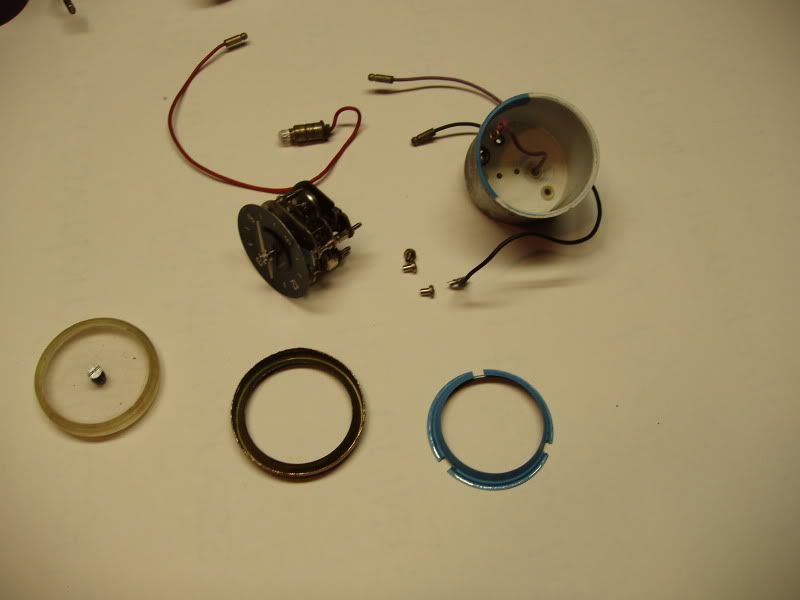OrganDoctor
New Member
I know this has probably been covered before, but what is the function of the little cut-out device on the rear of the instrument cluster? I don't see it on the wiring diagrams.
I am now finalizing all the instruments and switches, and one thing I notice is fairly poor ilumination on all the instuments, especially the clock andTachometer. I would like to take the clock apart to fix this situation, but don't see how it comes apart.Anyone done this?
I am now finalizing all the instruments and switches, and one thing I notice is fairly poor ilumination on all the instuments, especially the clock andTachometer. I would like to take the clock apart to fix this situation, but don't see how it comes apart.Anyone done this?


